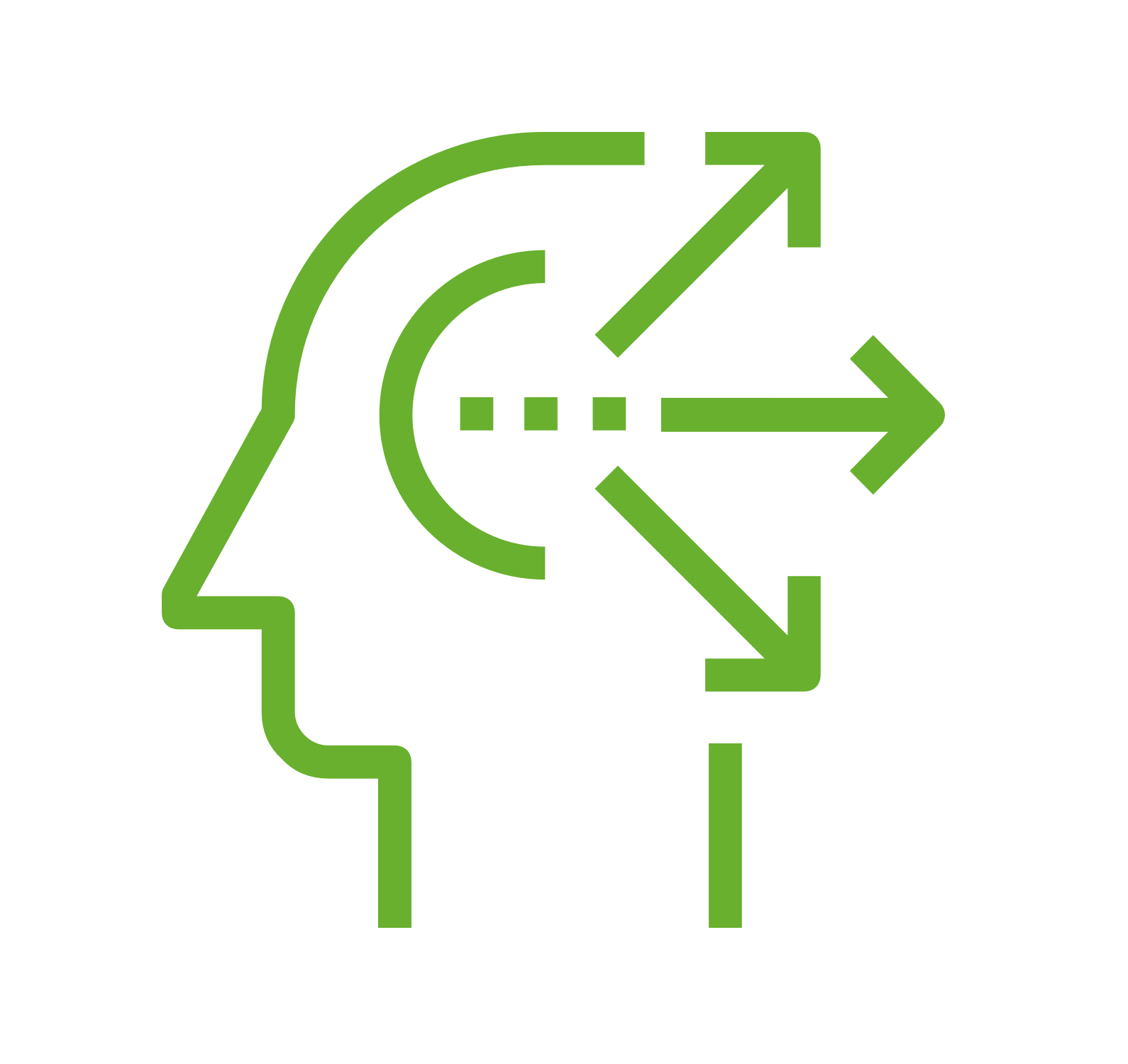
University Physics Vol. 3
The comprehensive contents from this book, combined with Odigia’s Teaching and Learning Tools have everything you need to engage, collaborate, track and assess your students.
This course includes:

247
practice questions

29
engagement activities
Helping Teachers Do What They Do Best: Teach

Customize
Use our courses as is or easily customize them to fit your teaching style and the needs of your students. You can add your favorite resources, hide and show our existing content and pre-built assessments, or make them your own. Everything your students need, in one place!

Engage and Collaborate
Odigia combines learning materials, discussions, and tools to create a familiar social experience for students allowing you to easily connect and redirect students attention.

Track
See how much time students are spending on different areas of the course, which areas are creating the most amount of engagement and identify topics the students are struggling with. Flag and provide feedback on assignments to proactively meet individual students' needs.

Assess
Game theory allows students to monitor their progress visually and motivates them to stay on track. Students can see exactly what activities they need to complete, which ones have been flagged and compare their progress against the overall class.
University Physics Vol. 3 Course Outline
What is the nature of light?
- How does light propagate from one source to another location?
- What does the law of reflection state?
- How is light refracted upon entering different mediums?
- How is the phenomenon of total internal reflection explained?
- What causes dispersion, and what are the effects of dispersion?
- How is Huygen’s principle used to explain the behavior of light?
- What are the different effects and uses of polarization?
How are images formed?
- How are images formed by plane mirrors?
- How are images formed by spherical mirrors?
- How are images formed by refraction?
- What are characteristics of thin lenses?
- How are images formed by the human eye?
- What are the optics of a camera?
- What are the optics of a simple magnifier?
- What are the physics behind the operation of microscopes and telescopes?
What does interference explain about waves?
- What did Young’s experience reveal about double-slit interference?
- What are the mathematics of interference?
- What are the signs of multiple-slit interference?
- How is interference perceived in thin films?
- What is a Michelson interferometer used to observe?
How does diffraction affect what we see?
- How does diffraction behave through a single slit?
- How is intensity in single-slit diffraction calculated?
- What is double-slit diffraction?
- What are the effects of diffraction gratings?
- What is the relationship between circular apertures and resolution?
- How do x-rays exhibit interference and diffraction?
- How does the process of holography work?
Why is the theory of relativity important to physics?
- What is the invariance of physical laws?
- How is simultaneity a relative concept?
- How is time dilation calculated?
- What is the relationship between length contraction, simultaneity, and time dilation?
- What is the Lorentz transformation?
- What are the characteristics of a relativistic velocity transformation?
- How does the Doppler Effect apply to light?
- How does relativistic momentum relate to classical momentum?
- What are the characteristics of relativistic energy?
What is known about the photons and matter waves?
- What is blackbody radiation?
- Why can the photoelectric effect not be explained by classical physics?
- What does the Compton effect explain?
- What does Bohr’s model of the hydrogen atom look like?
- How does the de Broglie’s hypothesis explain matter waves?
- Why does the wave-particle duality exist?
How does quantum mechanics help understand the motion and the interactions of patricles?
- How are wave functions interpreted?
- What are the origins of the Heisenberg uncertainty principle?
- What role does Schrӧdinger’s equation play in quatum mechanics?
- Why is the energy of a quantum particle in a box is quantized?
- What does the model of the quantum harmonic oscillator look like?
- How may a quantum particle tunnel across a potential barrier?
How is quantum mechanics used to study the atomic structure?
- What characteristics define the hydrogen atom?
- What is the orbital magnetic dipole moment of the electron?
- How is electron spin explained?
- How does the exclusion principle relate to the structure of the periodic table?
- How do atomic spectra and x-rays explain different radiation concepts?
- How are lasers formed?
What concepts are explained by condensed matter in physics?
- What are the major characteristics of the different types of molecular bonds?
- How are molecular spectra read and used?
- What does bonding in crystalline solids look like?
- What does the free electron model of metals look like?
- What does the band theory of solids explain?
- How are semiconductors affected by doping?
- What processes power semiconductor devices?
- What are the characteristics of superconductivity?
How does nuclear physics explain the composition of the atomic nucleus and various nuclear processes?
- What are the main properties and composition of the atomic nucleus?
- How is nuclear binding energy calculated?
- How does the process of radioactive decay occur?
- What changes occur during different nuclear reactions?
- How does the process of nuclear fission occur?
- What is nuclear fusion?
- What are the medical applications and biological effects of nuclear radiation?
What is the relationship between particle physics and cosmology?
- What are the four fundamental forces of particle physics?
- What do the particle conservation laws state?
- How do we know quarks exist?
- What are the similarities and differences between different types of particle accelerators and detectors?
- How is the Standard Model described in terms of the four fundamental forces and exchange particles?
- What was the evolution of the early universe like?
- How does The Big Bang explain the expansion of the universe?
University Physics is a three-volume collection that meets the scope and sequence requirements for two- and three-semester calculus-based physics courses.
This textbook emphasizes connections between theory and application, making physics concepts interesting and accessible to students while maintaining the mathematical rigor inherent in the subject. Frequent, strong examples focus on how to approach a problem, how to work with the equations, and how to check and generalize the result.
About the authors:
Senior Contributing Authors
Samuel J. Ling, Truman State University
William Moebs, Formerly of Loyola Marymount University
Jeff Sanny, Loyola Marymount University
Contributing Authors
Stephen D. Druger
Alice Kolakowska, University of Memphis
David Anderson, Albion College
Daniel Bowman, Ferrum College
Dedra Demaree, Georgetown University
Edw. S. Ginsberg, University of Massachusetts
Joseph Trout, Richard Stockton College
Kevin Wheelock, Bellevue College
David Smith, University of the Virgin Islands
Takashi Sato, Kwantlen Polytechnic University
Gerald Friedman, Santa Fe Community College
Lev Gasparov, University of North Florida
Lee LaRue, Paris Junior College
Mark Lattery, University of Wisconsin
Richard Ludlow, Daniel Webster College
Patrick Motl, Indiana University Kokomo
Tao Pang, University of Nevada, Las Vegas
Kenneth Podolak, Plattsburgh State University

